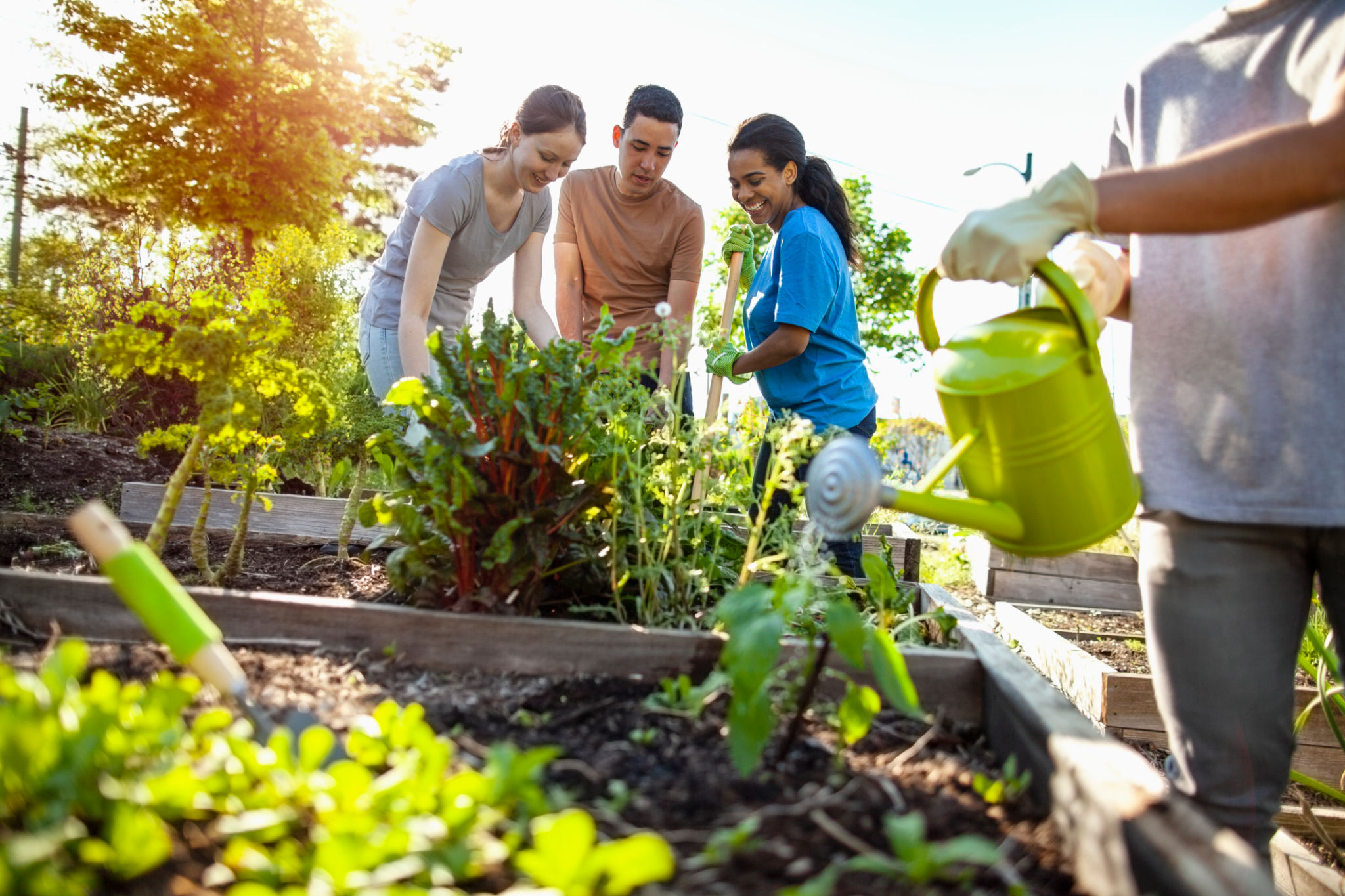How to Prepare for Wetland Restoration: A Step-by-Step Guide
Understanding Wetland Restoration
Wetland restoration is a vital environmental effort aimed at returning degraded wetlands to their natural state. This process is crucial for maintaining biodiversity, improving water quality, and supporting ecosystems. Before diving into restoration activities, it's essential to understand the ecosystem's dynamics and what the restoration process entails.

Assessing the Current Condition
The first step in wetland restoration is assessing the current condition of the site. This involves evaluating soil quality, water levels, vegetation, and wildlife presence. Conducting a thorough site assessment will provide insight into the specific challenges and opportunities at the location.
Setting Clear Goals
Once you have a clear understanding of the wetland's current state, it's time to set restoration goals. These goals could include improving water quality, increasing native vegetation, or enhancing habitats for specific wildlife species. Having clear objectives will guide the restoration process and measure success.
Planning Your Restoration Project
With goals in place, develop a comprehensive restoration plan. This plan should outline the specific actions needed to achieve your objectives, timelines, and required resources. Involving experts such as ecologists or hydrologists can provide valuable insights into creating an effective plan.

Acquiring Necessary Permits
Before initiating any restoration activities, ensure that all necessary permits and approvals are obtained from local and national environmental agencies. Compliance with legal requirements is crucial to avoid potential legal issues and ensure that the project is environmentally responsible.
Engaging Local Communities
Engaging local communities in the restoration process can be beneficial. Community involvement can lead to increased support, shared knowledge, and additional resources. Organizing informational sessions and volunteer events can help raise awareness and foster community participation.
Implementing Restoration Activities
With planning and permits in place, you can begin implementing restoration activities. These may include removing invasive species, replanting native vegetation, and restoring natural water flow patterns. It's essential to monitor progress regularly and make adjustments as needed to ensure project goals are met.

Monitoring and Maintenance
Post-implementation monitoring is vital to assess the effectiveness of the restoration efforts. Regularly checking water quality, vegetation growth, and wildlife presence will help identify areas that need improvement. Maintenance activities, such as controlling invasive species or repairing infrastructure, may also be necessary to sustain restoration gains.
Celebrating Successes
Finally, celebrating the successes of your wetland restoration project is important. Recognizing the achievements builds morale and encourages ongoing support from stakeholders. Sharing success stories through reports or community events can inspire similar efforts in other areas.